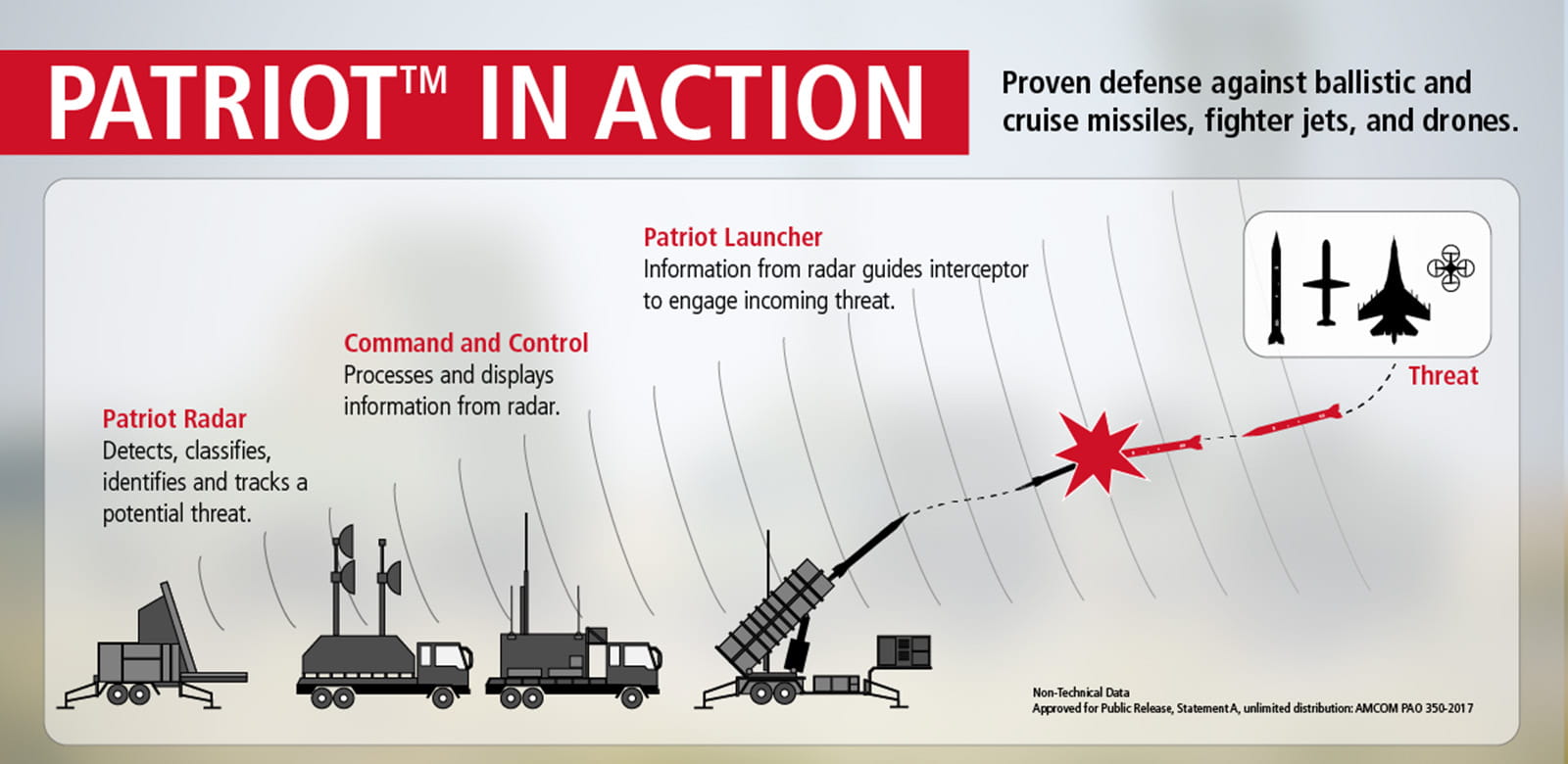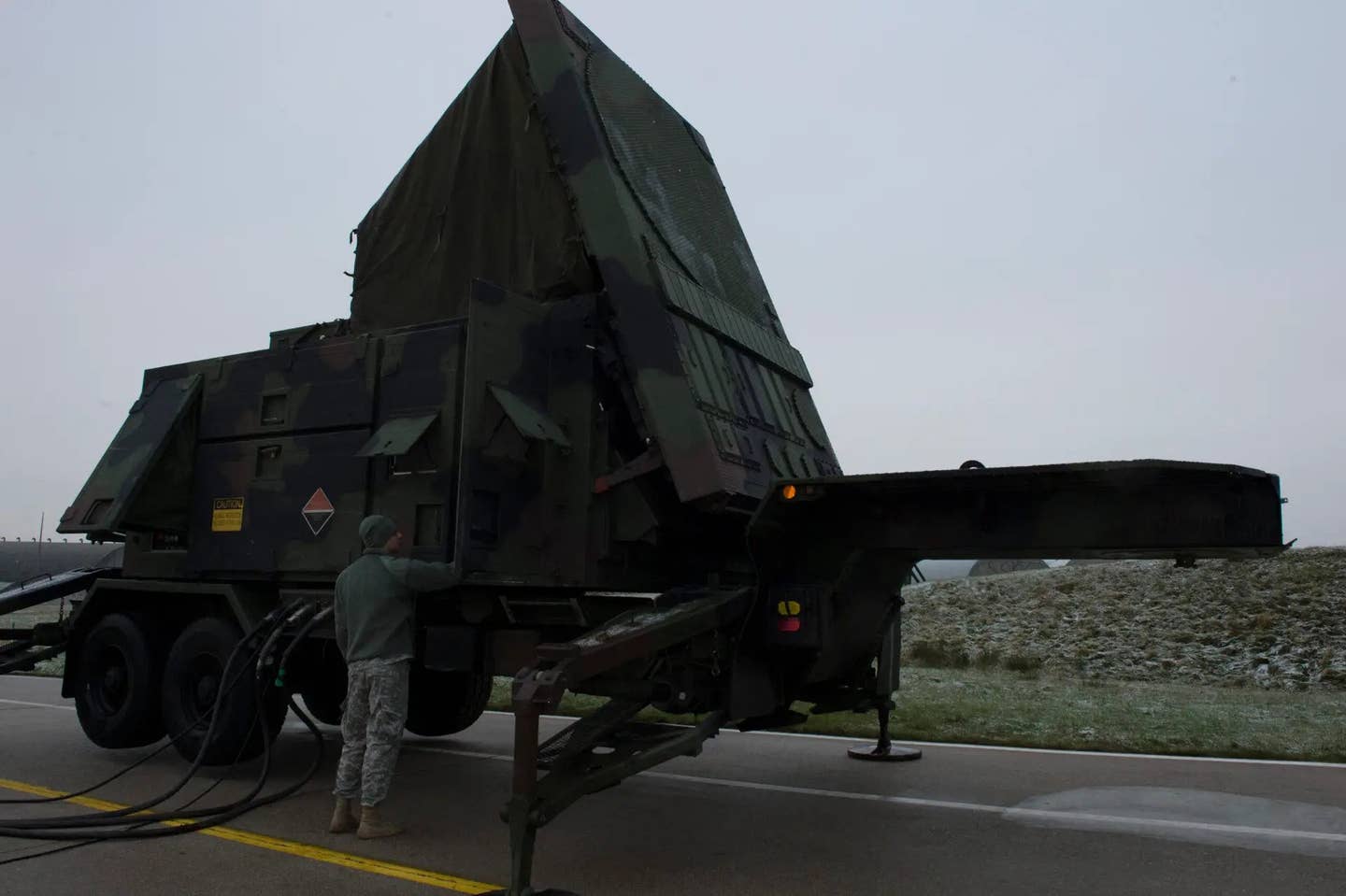Ukrainian forces recently utilized a Patriot air defense system to neutralize Russia’s ‘unstoppable’ ‘Kinzhal hypersonic missile.
Amid Ukraine War, Porsche Board Member Offers To Revive Half-Dead Russian Auto Industry For ‘Dear Vladimir Vladimirovich’
However, CNN, citing US officials, disclosed that the primary objective of the Kinzhal hypersonic missile was the Patriot air defense system itself. Despite this, the system managed to shoot down the ”attacking’ Russian missile.
An official told the US-based outlet that Ukrainian forces had accomplished their first known successful interception of a Kinzhal missile by firing at the Russian warhead from different angles using the newly acquired Patriot system.
The report added that this achievement illustrates how quickly the forces have become proficient in utilizing the powerful system, which was delivered to Ukraine just last month.
The report highlights an intriguing revelation that Russian forces could detect signals emitted by the Patriot system, leading them to target the defense system with a hypersonic Kinzhal missile, commonly known as “Killjoy.”
The Patriot missile system boasts an impressive long-range radar capability, rendering it a formidable air defense platform with the ability to intercept ballistic missiles and other threats.
However, the radar emissions required for detecting distant targets also expose the Patriot battery, enabling the enemy to detect and determine its precise location.
Unlike certain mobile and harder-to-target air defense systems provided to Ukraine, the stationary nature of the sizeable Patriot battery makes it susceptible to being gradually pinpointed by Russian forces over time.
Kremlin spokesperson Dmitry Peskov has previously asserted that the Patriot systems would unquestionably be considered legitimate targets for Russian forces.
To bolster its air defense capabilities, Ukraine has received two Patriot systems, one from the United States and another from Germany. The country’s previous defenses had proven insufficient against modern Russian missiles like the Kinzhal, making the acquisition of these advanced systems all the more critical.
Pentagon Spox. confirms the downing of Kinzhal hypersonic missile by the Patriot air defense system transferred to Ukraine. pic.twitter.com/RVkbqTvpKS
— Sander (@SanderRegter) May 9, 2023
How To Defend Patriots From Kinzal
Following the US announcement regarding the deployment of Patriot batteries to Ukraine, experts emphasized that these defense systems would quickly become prime targets for Russian standoff weapons.
Missiles like the Kinzhal, known for their heightened elusiveness and designed specifically to target high-priority and heavily defended objectives, were of particular concern.
David Shank, a former commandant of the Army Air Defense Artillery School, shared similar concerns with The Warzone regarding the Patriot batteries’ vulnerability to Russian attacks.

According to Shank, a single Patriot battery equipped with a full complement of launchers, typically consisting of six or more units, necessitates the deployment of around 50 to 60 soldiers for its setup, followed by 25 to 30 soldiers for its operation and upkeep.
He added that the Patriot battery requires approximately a square kilometer of land area, rendering it susceptible to Russian ISR (intelligence, surveillance, and reconnaissance) capabilities.
Shank also emphasized that when the radar of the Patriot battery emits signals, it generates a substantial signature, which makes it highly visible to Russian signal intelligence capabilities.
A standard Patriot battery consists of AN/MPQ-53 or potentially a more advanced AN/MPQ-65 phased array radar. This radar system is highly likely to be a primary target for a Russian strike due to its importance in the overall functioning of the Patriot battery.
Meanwhile, Shank also offered insights on countering Russia’s efforts to detect signals and avoid becoming a target for Russian missiles.
Shank noted the importance of managing radar emissions strategically to avoid being targeted by enemy forces. According to him, continuously radiating or having predictable patterns of radar activity can be detrimental.

To counter this, Shank suggested the implementation of decoys capable of replicating the same radar signature. These decoys would help confuse and misdirect potential adversaries, enhancing the overall defense strategy by making it harder for them to pinpoint the actual location of the Patriot system.
The expert also acknowledged the challenge of having only two Patriot batteries in Ukraine, assuming they are both located in Kyiv. In light of this limitation, he suggested a few measures to improve their operational effectiveness.
One approach is to implement alternating radiate times, meaning periodically turning the radar on and off to reduce the overall exposure and minimize the risk of being targeted.
Additionally, radiating specifically during anticipated attack scenarios, guided by timely and accurate intelligence, can further enhance the system’s defensive capabilities. These strategies aim to optimize the limited resources available and maximize the efficiency of the Patriot batteries in countering potential threats.
Shank highlighted the significance of acquiring decoys to introduce uncertainty for the Russians regarding the precise location of the Patriot batteries.
Having multiple decoys and periodically relocating them, along with the two batteries, would help keep the enemy guessing and make it more difficult for them to target the actual systems.
Furthermore, he stressed the importance of incorporating passive air defense measures such as constructing bunkers, employing effective camouflage techniques, utilizing decoys, and implementing survivability measures.

Shashank Joshi, a visiting fellow at the Department of War Studies at King’s College London and defense editor at The Economist, also agreed that countering the detection of radio emissions with multiple decoys can be an effective strategy.
However, he underscored the importance of ensuring that the decoy replicates the behavior of the real emitter. In addition, incorporating visual similarities between the decoy and the actual system may also be necessary to prevent easy identification through other sensor systems.
Joshi’s analysis emphasizes the need for comprehensive and realistic decoy deployment to deceive adversaries and effectively enhance the system’s survivability.
That being said, the specific details regarding the defensive measures implemented by Ukraine to protect its Patriot systems remain undisclosed.
Given the presence of the Patriot defense system in Ukraine, it is likely that Russia will make persistent efforts to target and undermine the system in the coming weeks.
The Patriot system represents a significant enhancement to Ukraine’s air defense capabilities, and its effectiveness against Russian missiles poses a threat to Russian military operations.
- Contact the author at ashishmichel(at)gmail.com
- Follow EurAsian Times on Google News




